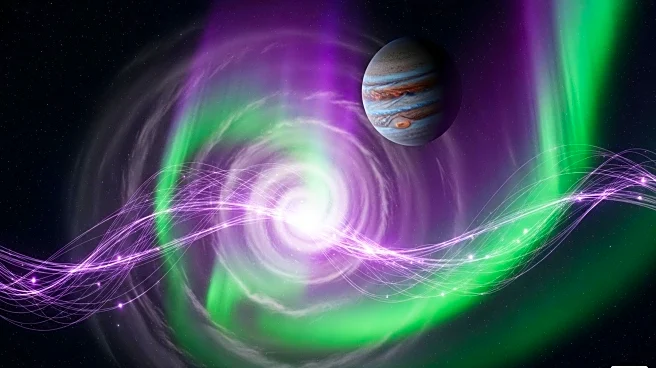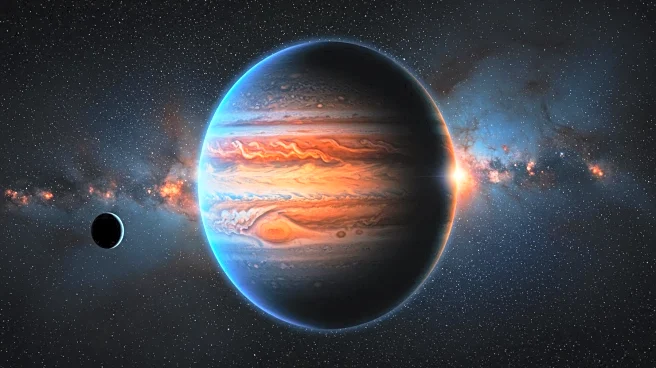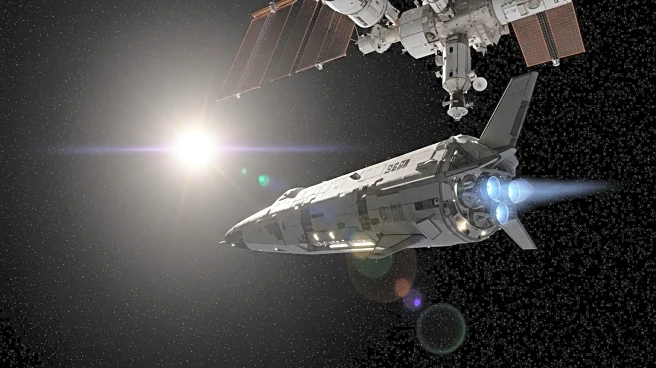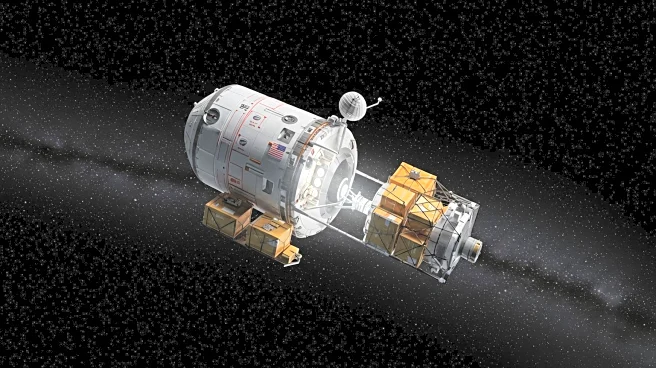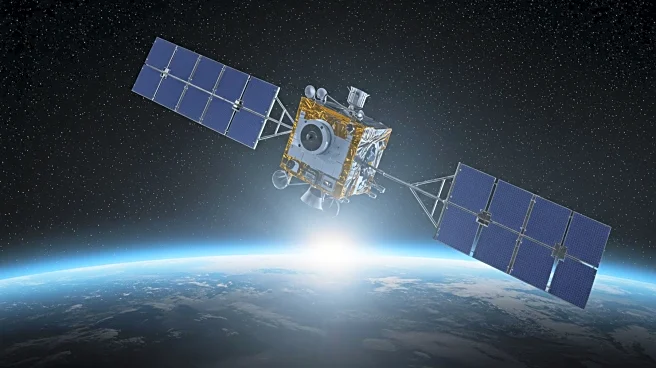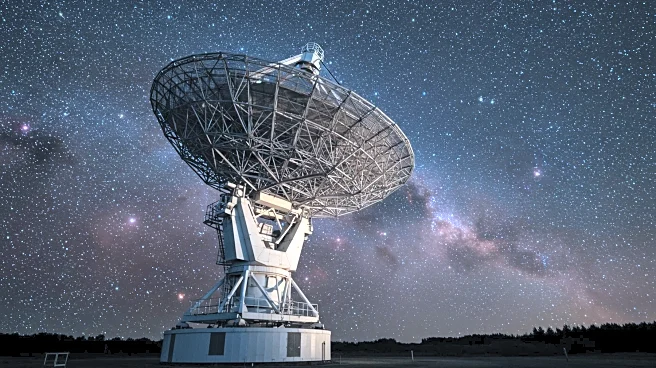Rapid Read • 7 min read
NASA's Juno spacecraft has revealed a new type of plasma wave in Jupiter's auroras, according to a study led by researchers at the University of Minnesota Twin Cities. These auroras, much larger and more powerful than Earth's, are invisible without ultraviolet or infrared detection. The discovery was made using Juno's Waves instrument, which captures electromagnetic signals from charged particles interacting with Jupiter's magnetic field. The study found that plasma density in Jupiter's polar environment is low, while the magnetic field is strong, causing waves to vibrate at unusually low frequencies. This results in a new wave type that transitions from an Alfvén wave to a Langmuir mode under Jupiter's extreme conditions.
AD
The discovery of a new plasma wave type on Jupiter has significant implications for understanding space weather and magnetic fields. It provides insights into how planets, including Earth, are shielded from harmful radiation from their stars. The findings suggest that similar plasma waves could exist on other magnetized planets or stars, offering a broader understanding of planetary protection mechanisms. This research could influence future studies on space weather and the development of technologies to protect spacecraft from radiation.
The research team plans to continue analyzing data from Juno as it makes additional orbits around Jupiter. Each pass may reveal more about plasma behavior under extreme conditions, potentially uncovering further details about planetary protection from radiation. The ongoing study could lead to advancements in space exploration and the design of radiation-resistant technologies for future missions.
AD
More Stories You Might Enjoy
